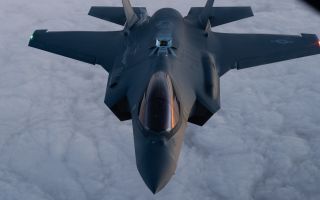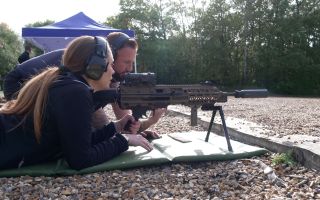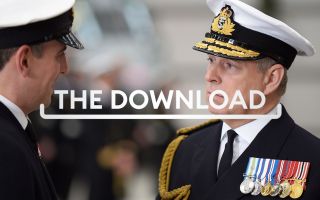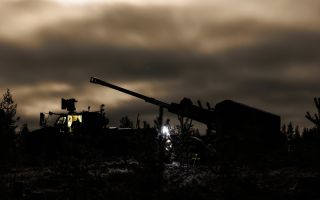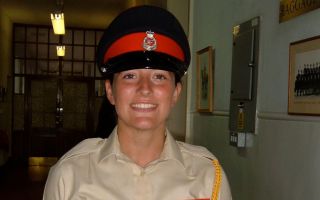Irish Guards return to Belfast to mark 125 years of service with parade and laying up of colours
The Irish Guards have marked 125 years of service with a historic return to their homeland.
Known affectionately as ‘the Micks’, the regiment has balanced combat operations with ceremonial duties since 1900.
From the battlefields of two World Wars to peacekeeping in Cyprus and the Balkans, the Guards have answered the call in every major conflict.

Who are the Irish Guards?
The Irish Guards have fought in almost all of the UK's conflicts, from the First World War to the conflict in Afghanistan.
The regiment was presented with its first Colours in May 1902 by King Edward VII.
Known for being gallant as well as tough, the Irish Guards are experts in infantry combat, from engaging enemy troops with machine guns and mortars to anti-tank warfare and reconnaissance.
In 2019-20, part of the Regiment deployed to Iraq on Op Shader, while another portion took part in Op Trenton, the UN peacekeeping mission in South Sudan.
As of November 2024, the 1st Battalion Irish Guards have been training Ukrainian recruits as part of Operation Interflex.
When not deployed overseas, they can be seen sporting a red tunic and bearskin outside Buckingham Palace as part of their ceremonial duties.
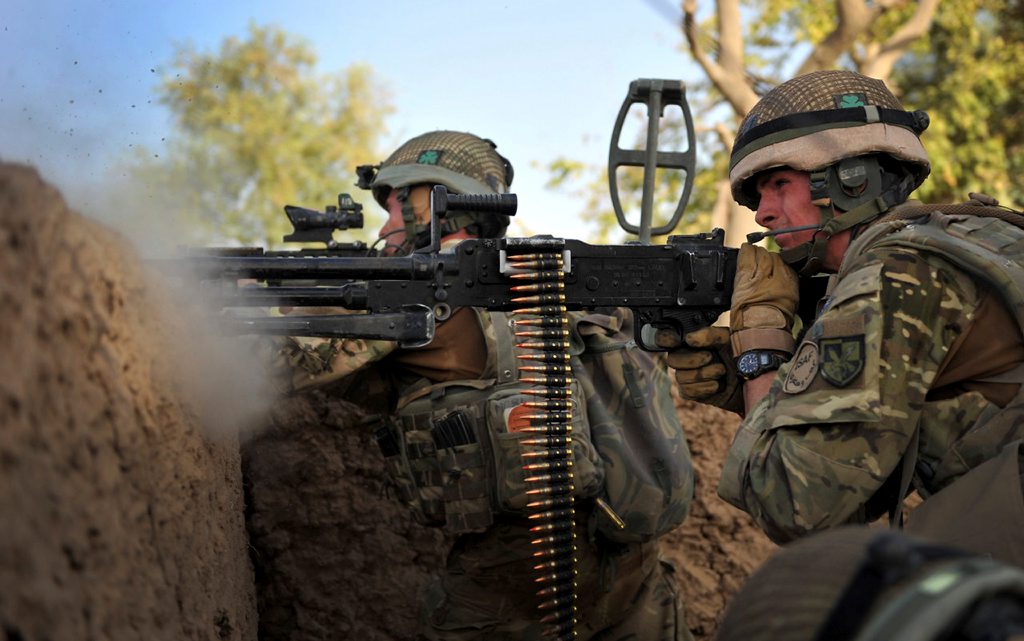
What Is Prince William’s connection to the Irish Guards?
Prince William is Colonel-in-Chief of the Irish Guards.
The future monarch received the honorary title in 2011, becoming the regiment’s first Royal Colonel.
The second-in-line to the throne also holds honorary titles within the Royal Navy and RAF.
The Prince chose to wear the Irish Guards Mounted Officer’s uniform on his wedding day when he married Catherine Middleton in 2011.
The decision may have been influenced by the desire to honour the bravery of the Irish Guards who had recently returned from an arduous tour of Afghanistan.
Instead of the bearskin, the Prince wore a forage cap bearing the regiment’s motto: Quis Separabit? meaning Who shall separate us?
Sporting the famous red tunic of the Irish Guards on one of the most important days of the Royal’s life was seen as a reflection of the Royal family’s desire to strengthen ties between Dublin and London ahead of the Queen’s historic state visit to the country the following month.
A key location on the Queen’s itinerary was The Irish National War Memorial Gardens, which commemorates 49,400 Irish soldiers who gave their lives in the First World War and pays respect to 300,000 Irish men and women who served in Irish Regiments of the Allied Armies.

How to tell the Irish Guard apart from other Foot Guards?
The Guard Division is mostly associated with ceremonial duties and no tourist trip to London is complete without a snap of the Guards on duty in their navy trousers, waxed boots, redcoats and buzzbee hats.
Each Guard’s regiment has its own traditions and customs, as well as mascots and symbols that reflect the proud and distinct history of each unit.
Recognised by the shamrock on their collar and the star of Patrick on their shoulder badge, the 'Fighting Micks' have buttons in fours.
What do they do on St Patrick’s Day?
Every year, the Irish regiments mark St Patrick’s Day by wearing shamrocks on their berets.
The tradition dates back to 1900, the year the Irish Guards were formed by order of Queen Victoria for bravery displayed by Irish units during the controversial Boer War. The war was fought from 1899 to 1902 and saw colossal Irish casualties.
Before 17th March 1900, the 'Wearin' of the Green' had been seen as a display of Irish dissidence and was forbidden.
In an effort to maintain relations with Ireland, Queen Victoria turned that around. The monarch declared that the newly formed Irish unit would wear a sprig of shamrock on their headdress to mark the gallantry of their fallen comrades while celebrating their patron saint.
Members of the regiment are presented with a fresh shamrock from a member of the Royal Family on St Patrick's Day, the honour usually falling on the Prince and Princess of Wales.
Want to wish them Happy St Patrick’s Day in Irish? Just say “Lá Fhéile Pádraig sona duit!”Pronounced “Law leh Paw-drig suna ghit” it means “Happy St. Patrick's Day to you.”
Sláinte!
Do you have to be Irish to join?
No.
As the name suggests, the regiment recruits predominantly from Northern Ireland and the Republic. However, being Irish is not a requirement. The same rules apply as to all other British Army regiments - anyone from all over the United Kingdom can join.
The Fighting Micks are united by a proud history of loyal service proven time and time again on many tough operations.

